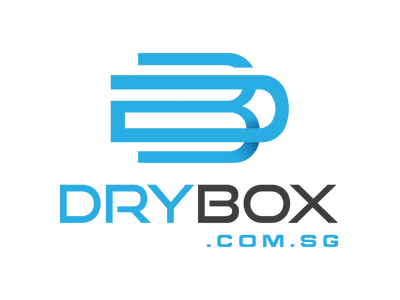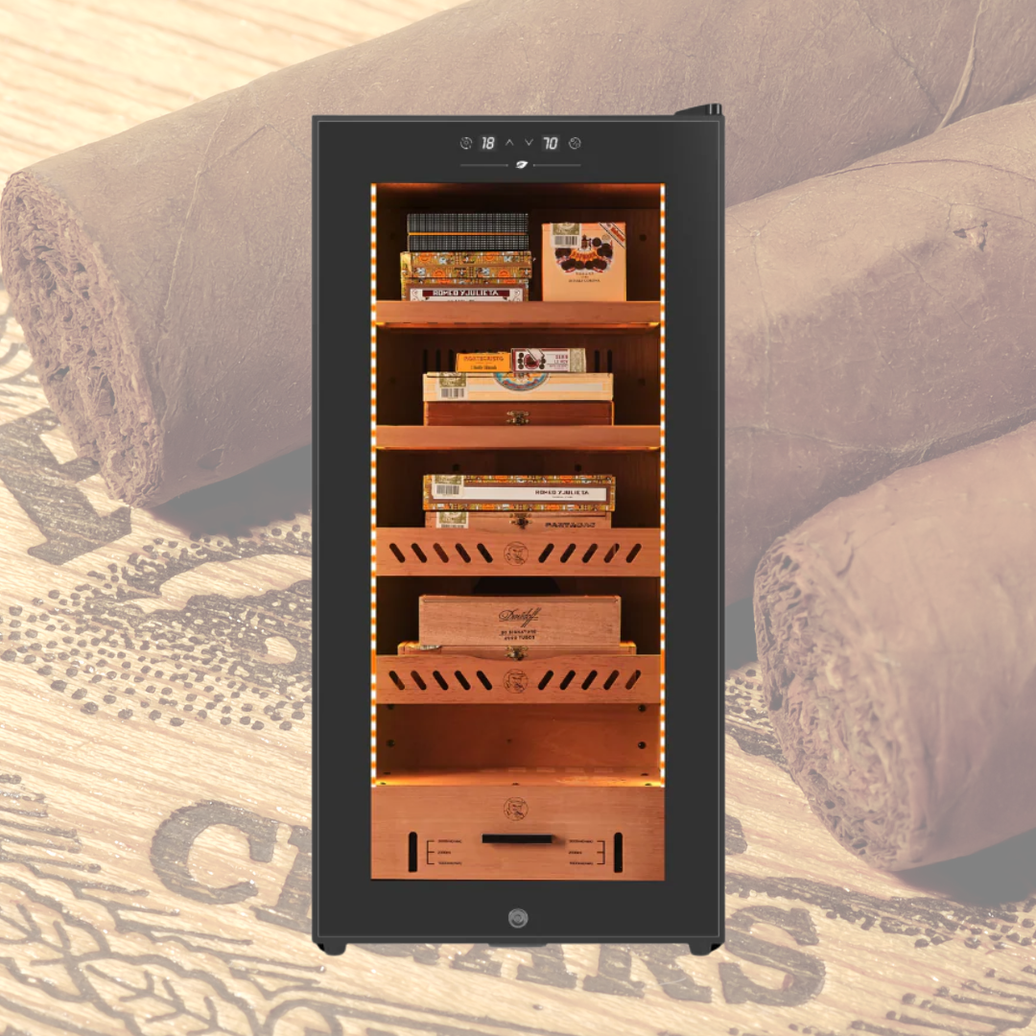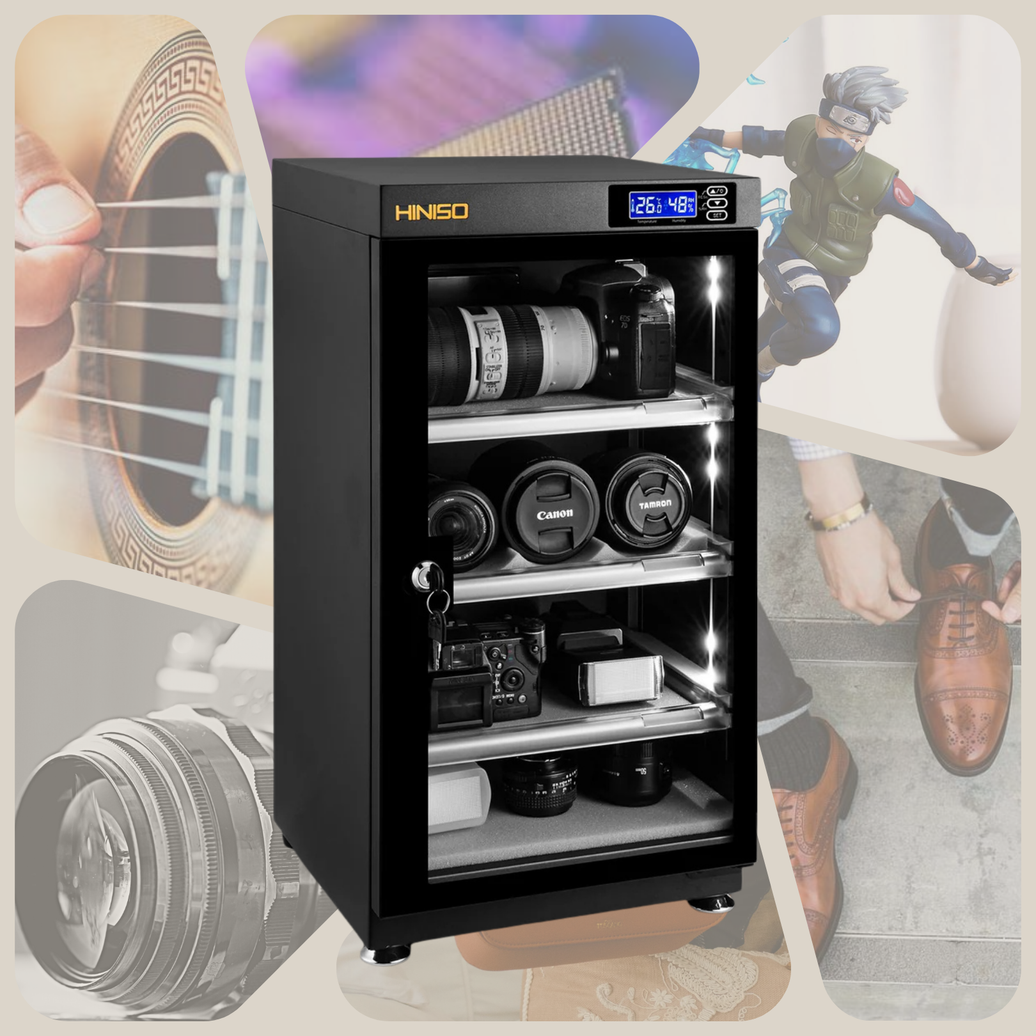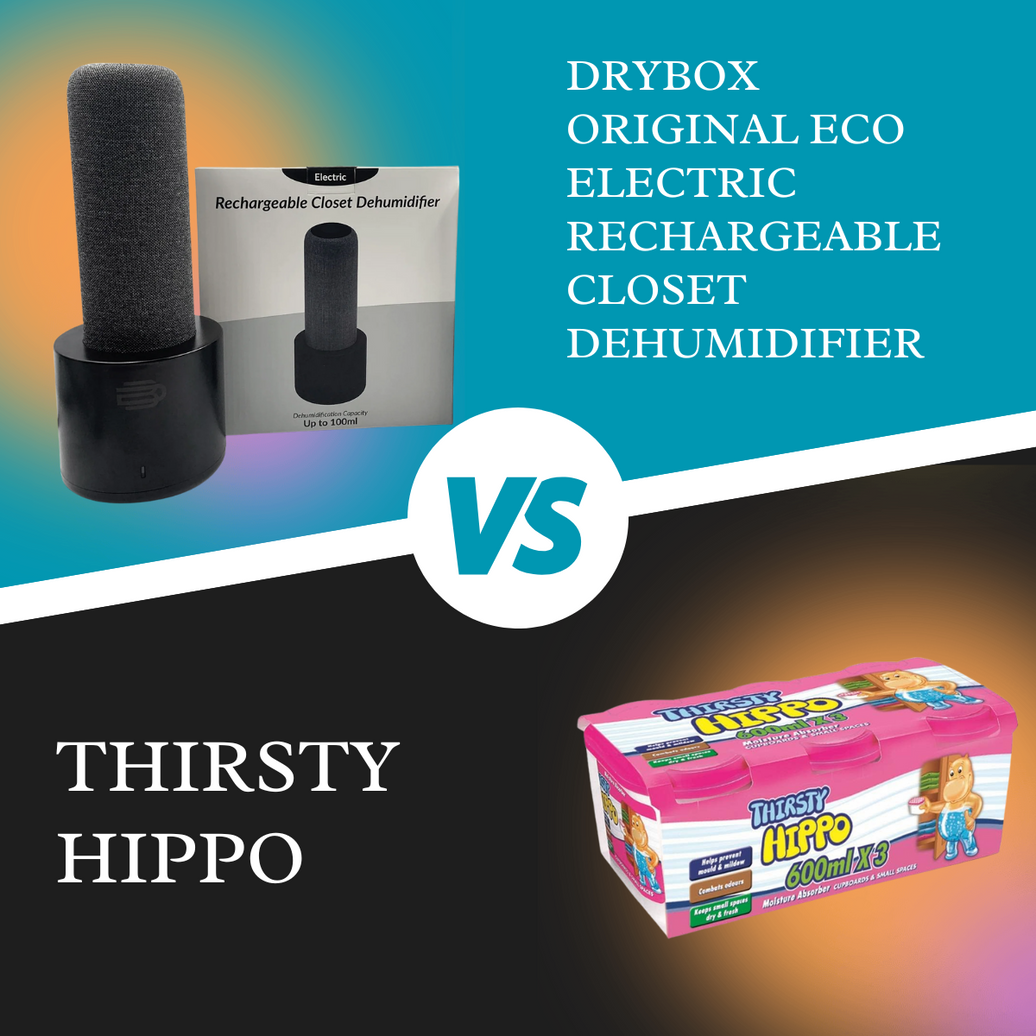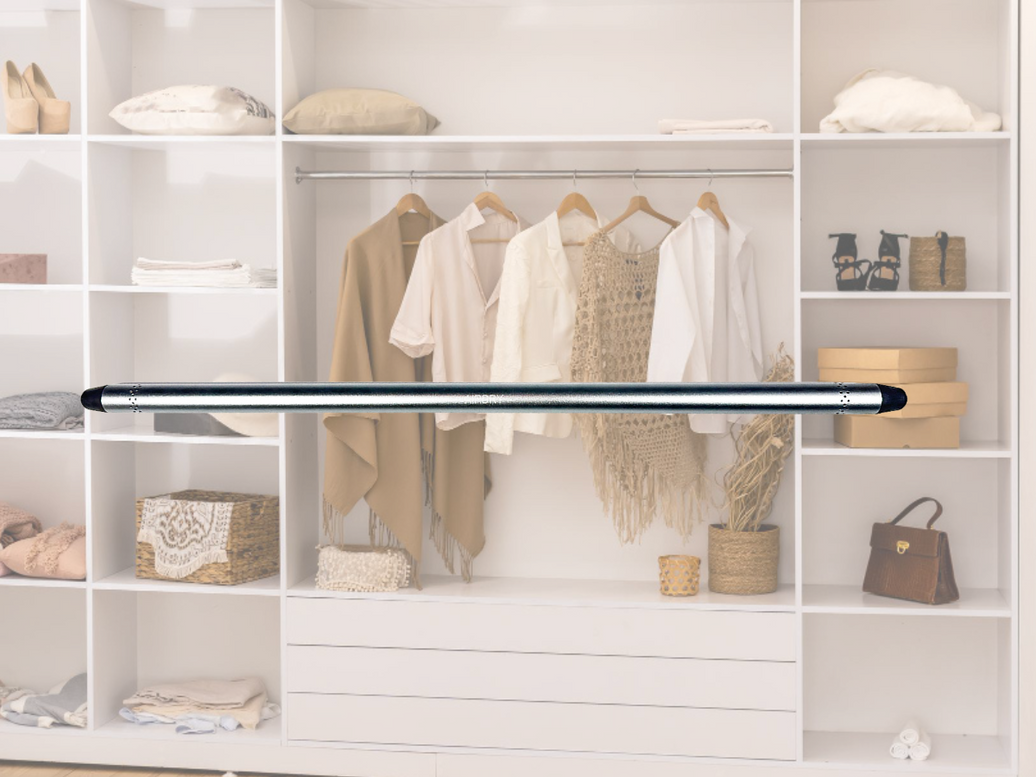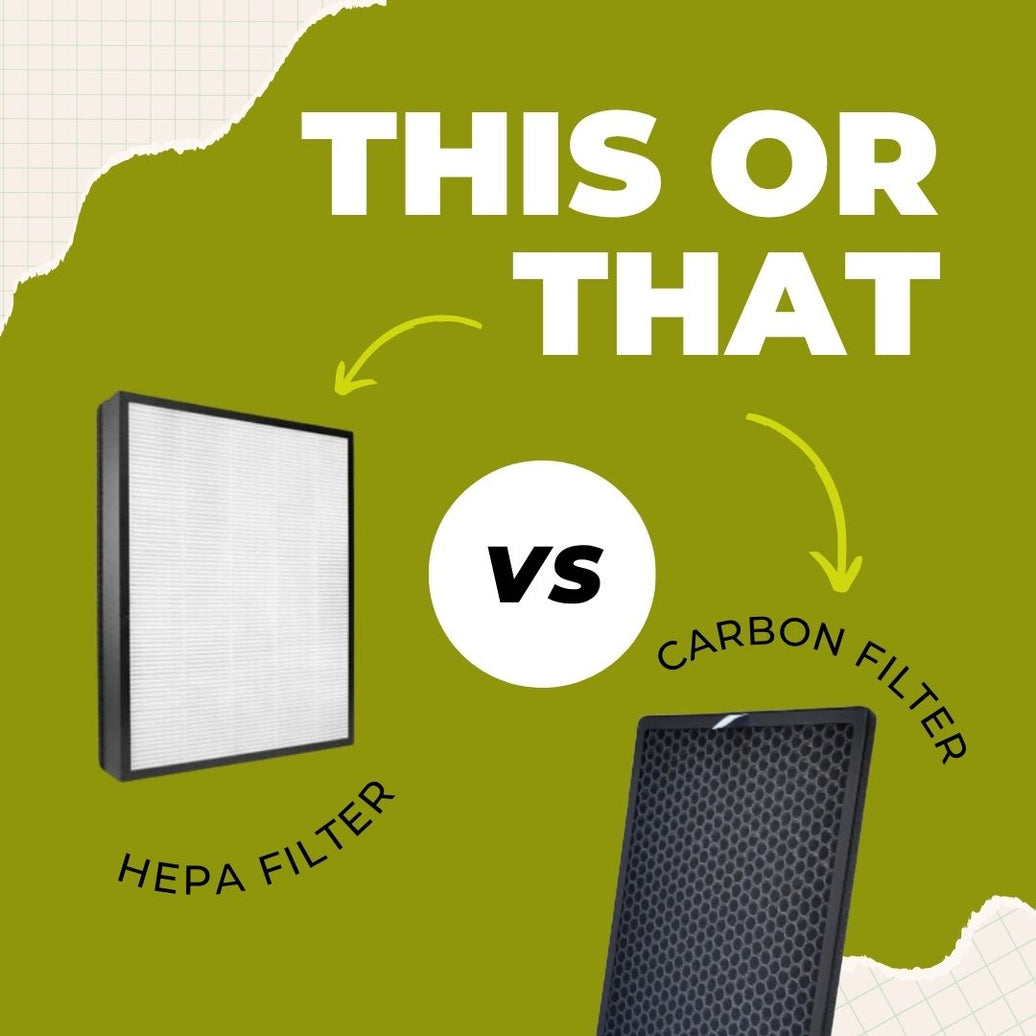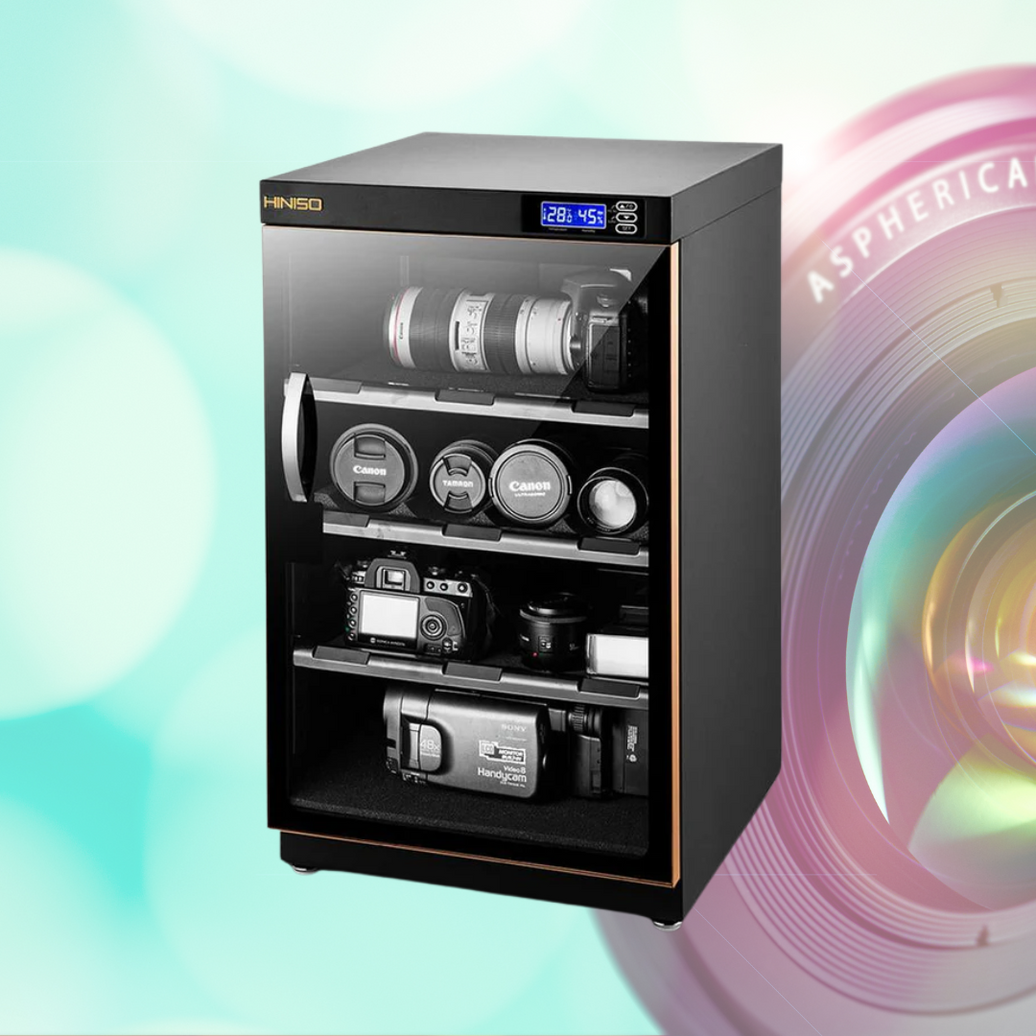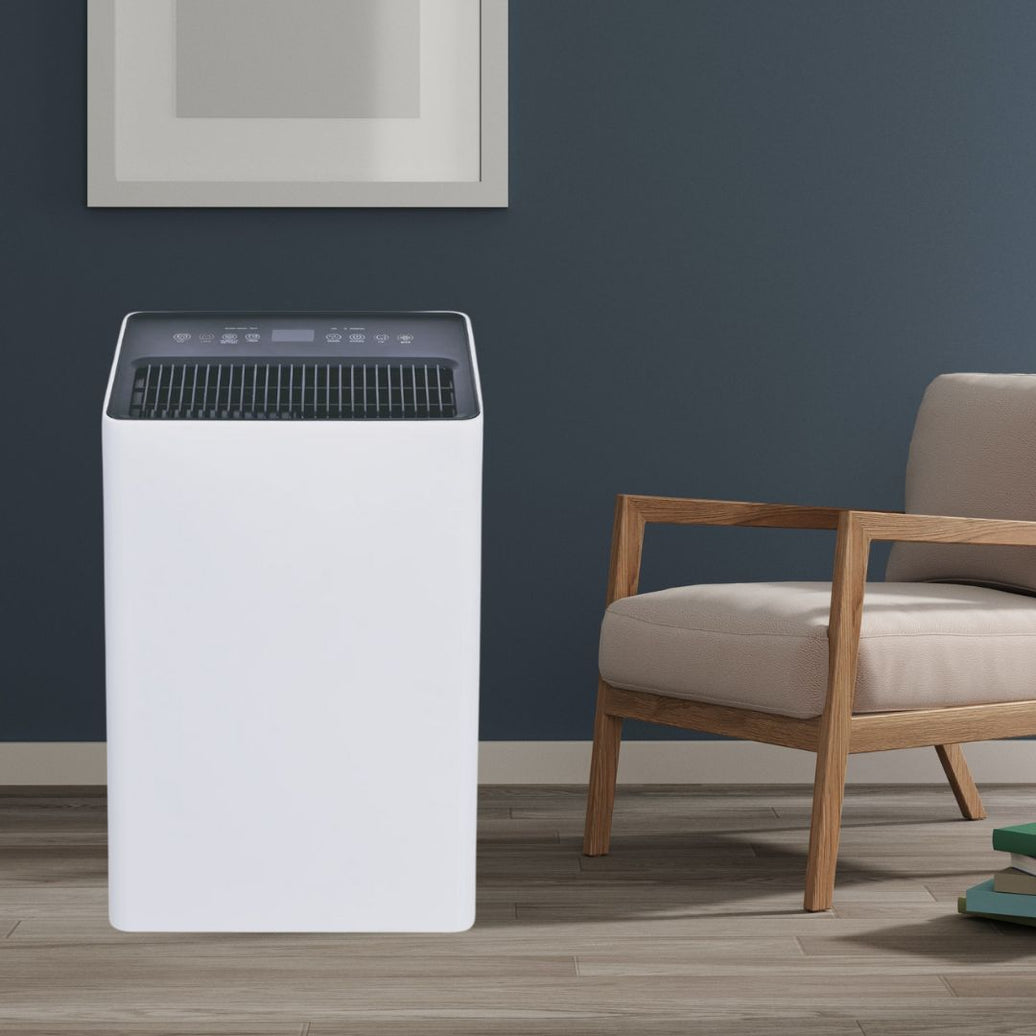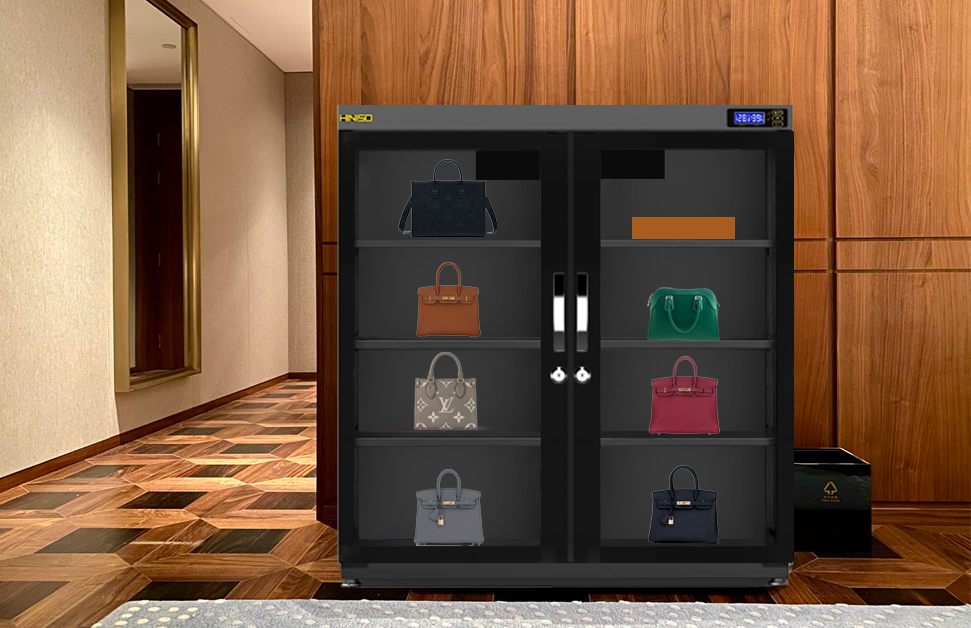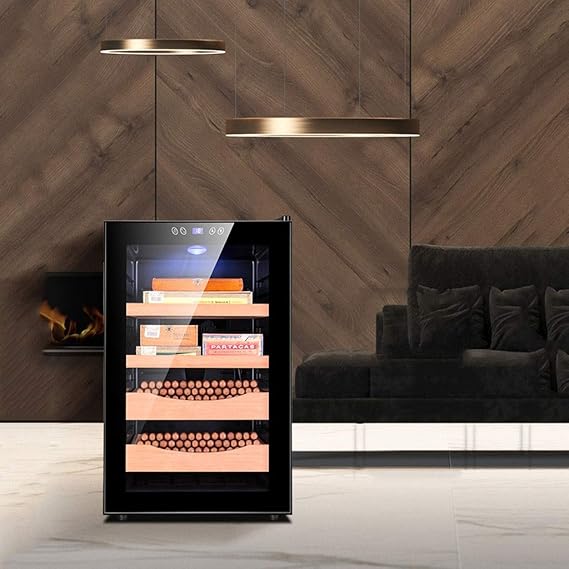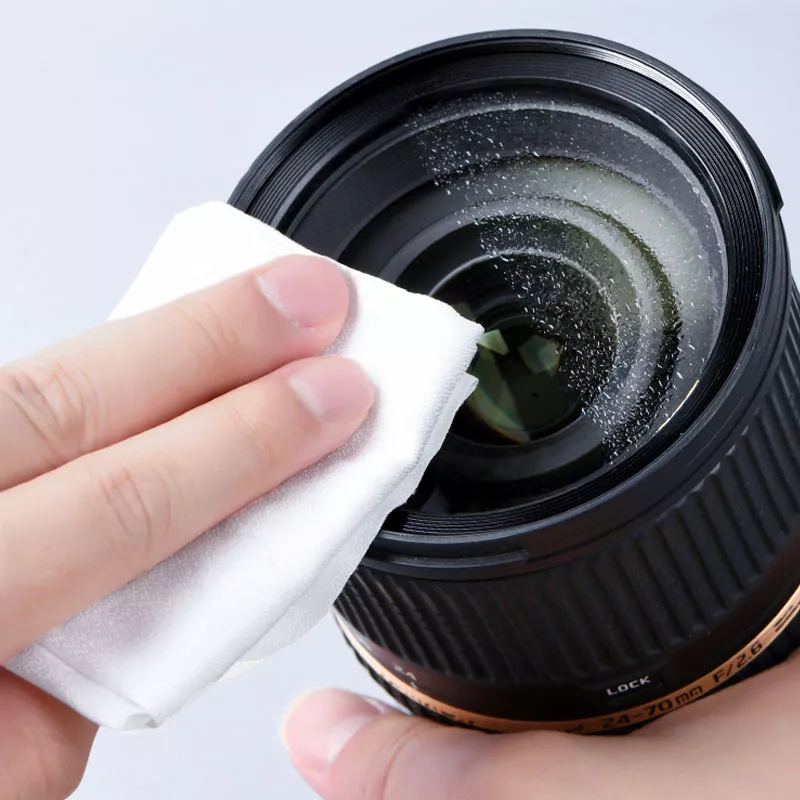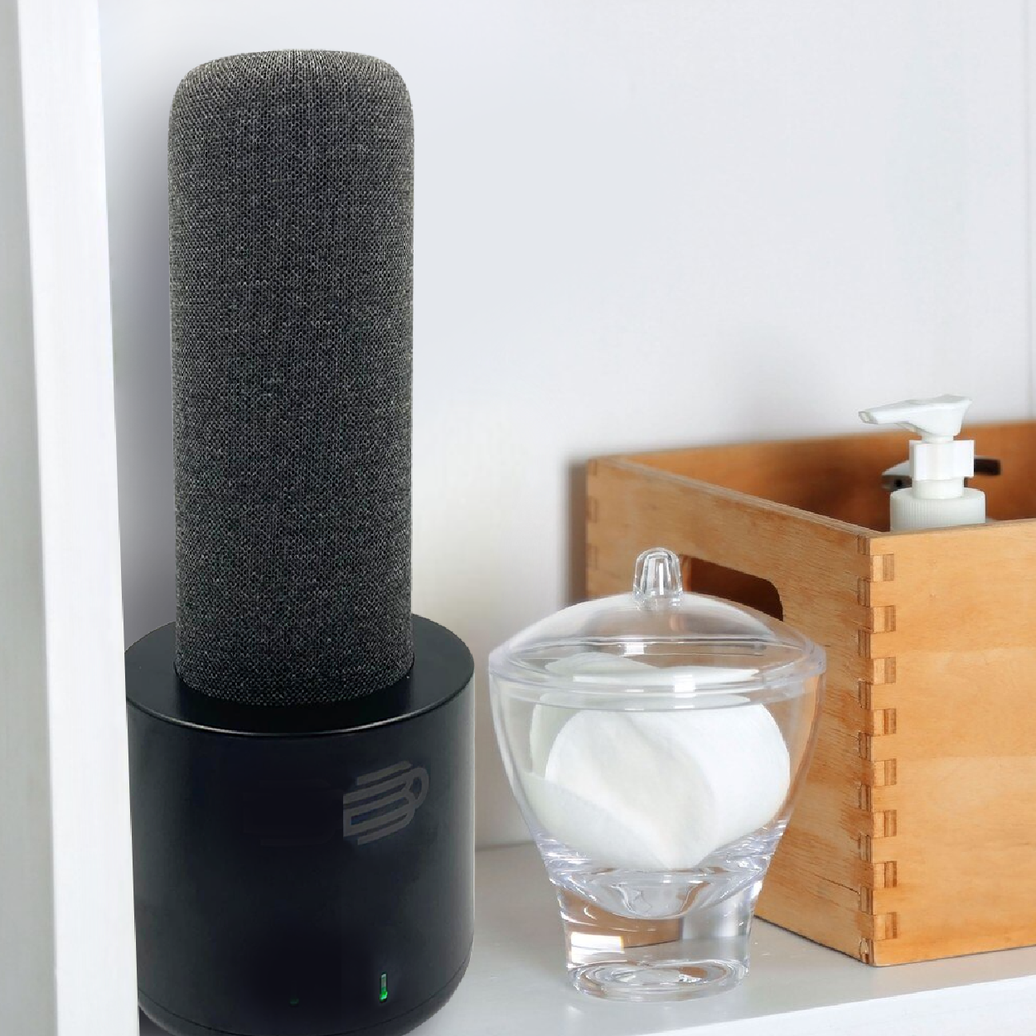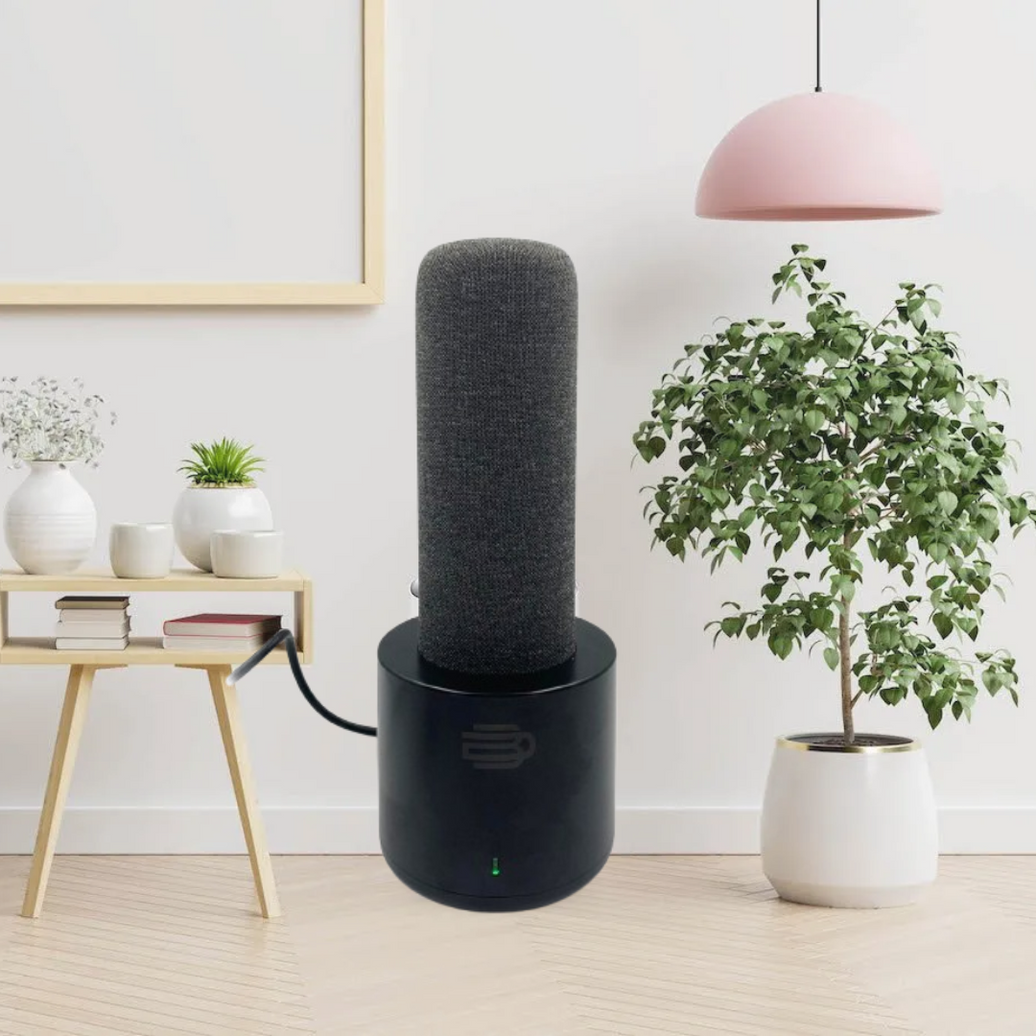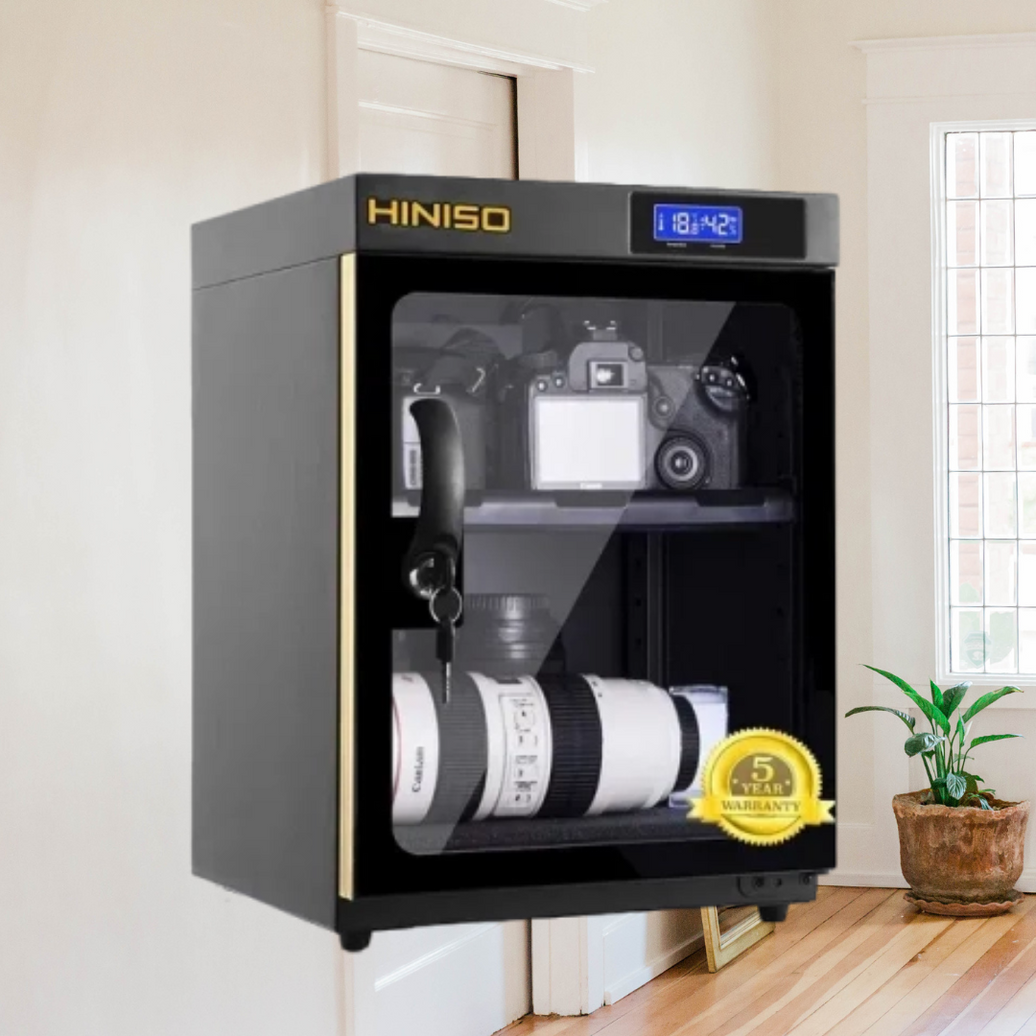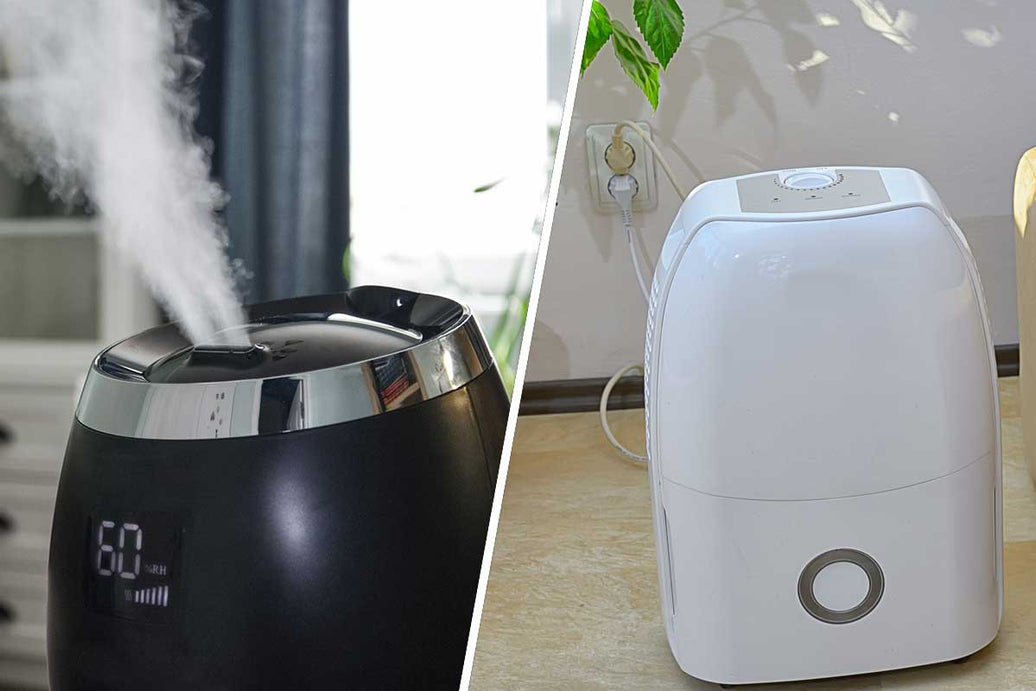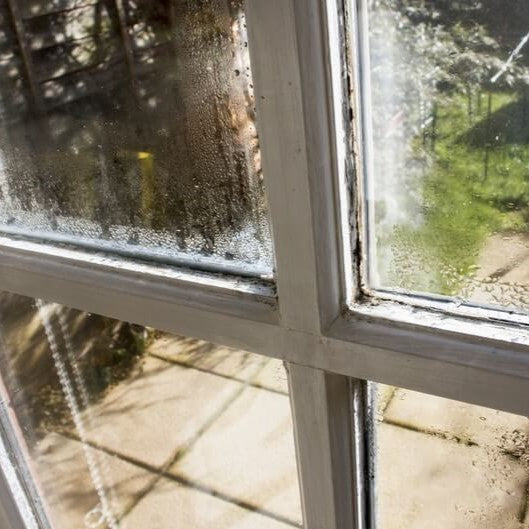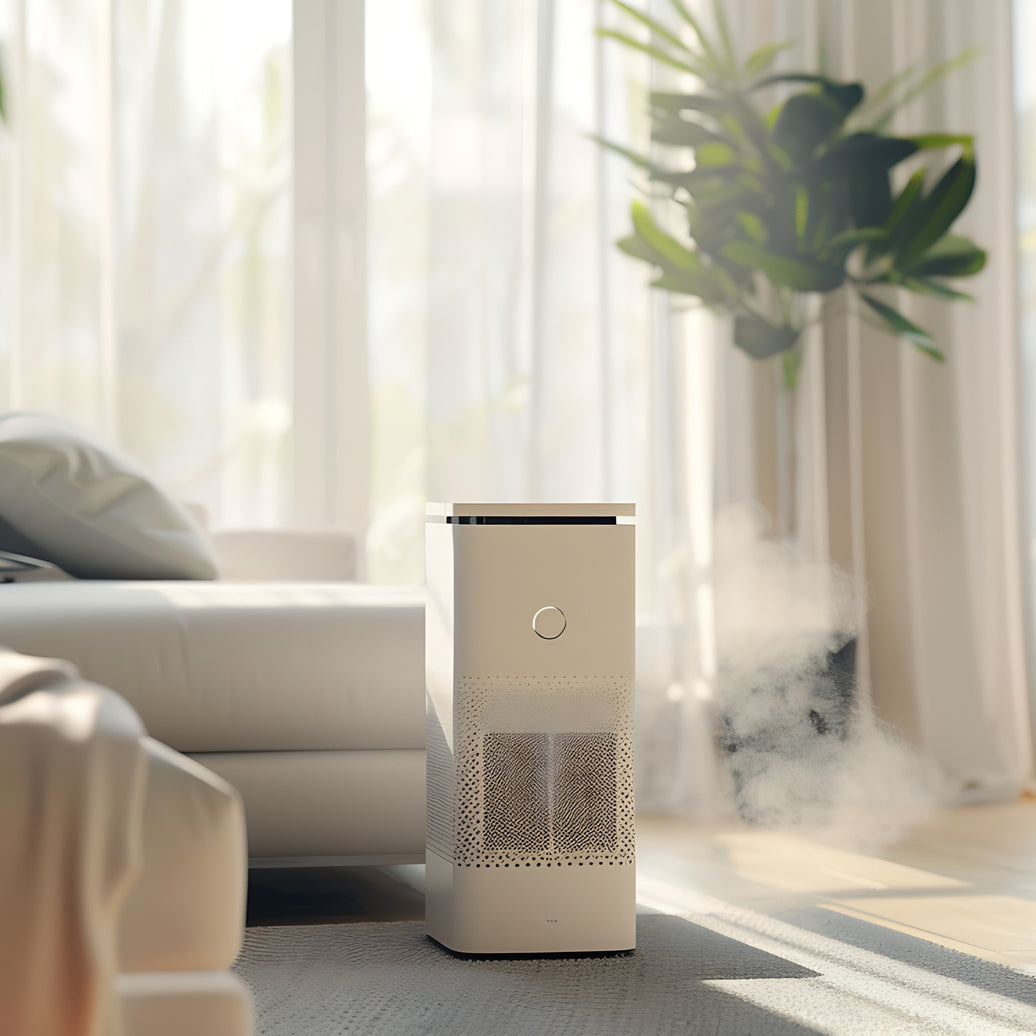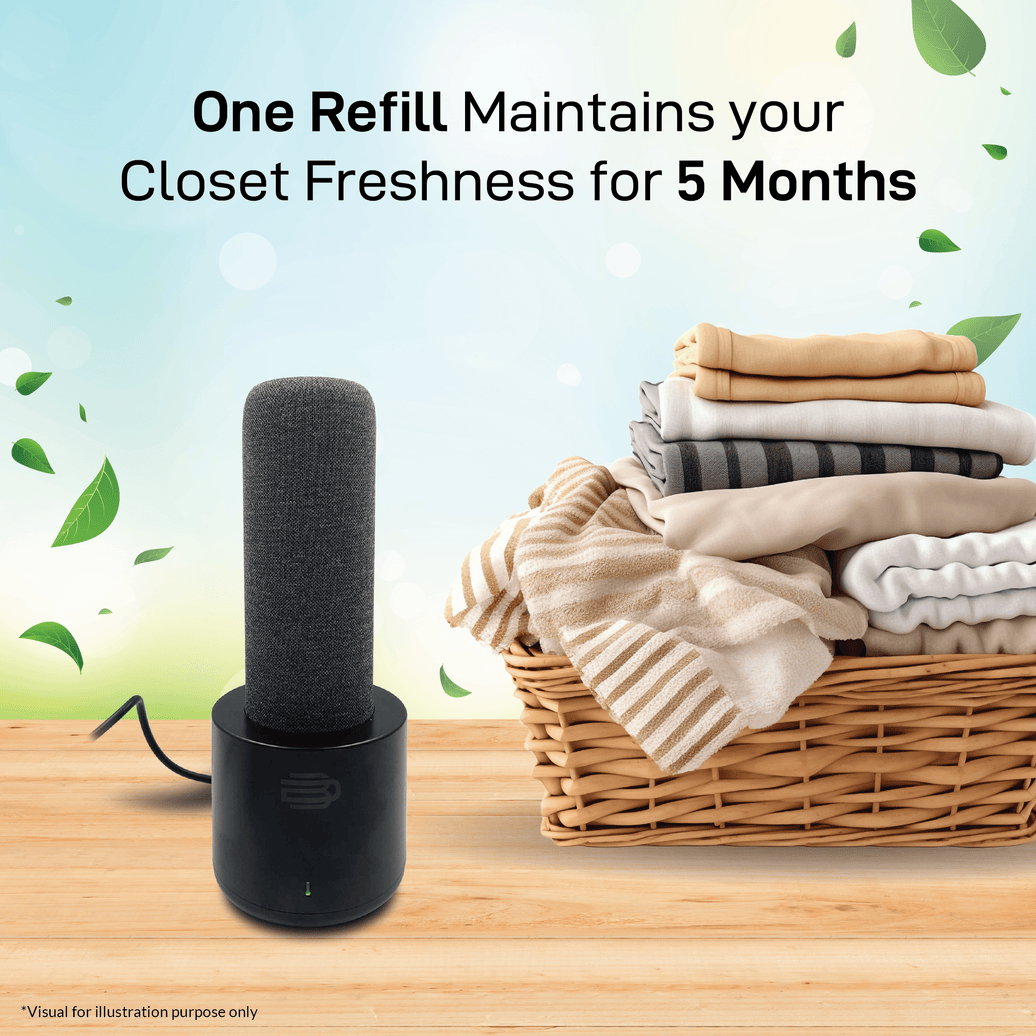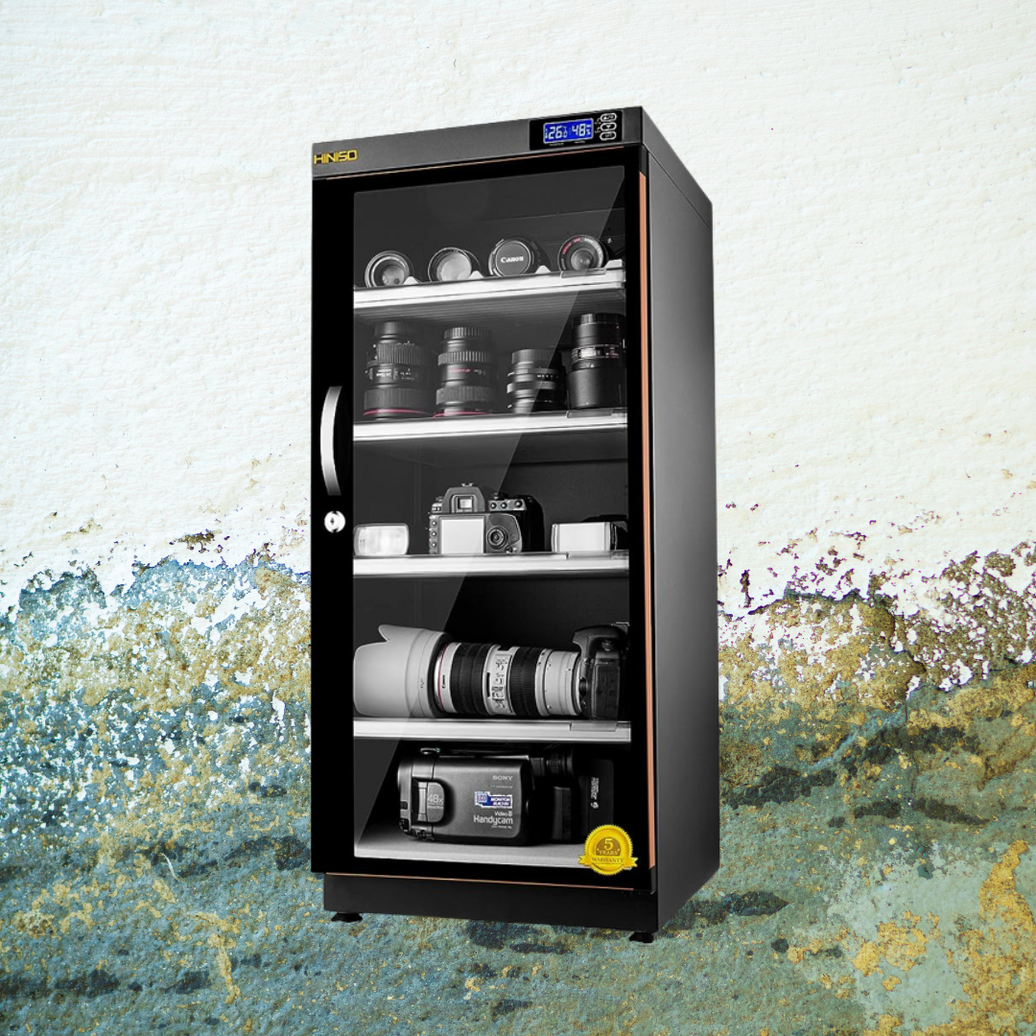Mold is more than just an unsightly nuisance—it’s a potential health hazard that can wreak havoc on your home and belongings. Understanding the relationship between humidity and mold growth is crucial for maintaining a healthy living space. In this article, we’ll explore the specific humidity levels at which mold thrives and provide practical solutions, including the use of dehumidifiers and dry cabinets, to keep your environment safe and mold-free.
What Humidity Levels Cause Mold Growth?
Mold growth is directly linked to humidity levels. Mold typically begins to grow when indoor humidity exceeds 60%. However, the ideal environment for mold is even more specific—mold spores are most likely to thrive in areas where the relative humidity (RH) is between 70% and 90%. When moisture levels in the air reach these thresholds, it creates a perfect breeding ground for mold, especially in areas with poor ventilation, such as basements, bathrooms, and closets.
Optimal Humidity Levels to Prevent Mold
To prevent mold, it’s essential to keep your indoor humidity levels below 60%, with the optimal range being between 40% and 50%. This range not only helps prevent mold growth but also ensures that the air in your home is comfortable and not overly dry, which can lead to other issues like dry skin and respiratory problems.
How to Control Humidity Levels
Maintaining the right humidity levels in your home can be challenging, especially in humid climates or during rainy seasons. However, with the right tools, you can easily control the moisture levels in your environment.
1. Dehumidifiers
Dehumidifiers are one of the most effective ways to reduce indoor humidity. These devices work by drawing in moist air, removing the excess moisture, and then releasing the dry air back into the room. Here are a few features to consider when choosing a dehumidifier:
- Capacity: The size of the dehumidifier should match the area of the space you want to dehumidify. Smaller units are suitable for single rooms, while larger units can handle entire basements or multiple rooms.
- Energy Efficiency: Look for energy-efficient models to save on electricity costs.
- Continuous Drainage Option: Some dehumidifiers offer a continuous drainage option, which eliminates the need to manually empty the water reservoir.
2. Dry Cabinets
Dry cabinets are a specialized solution for protecting sensitive items like electronics, cameras, and documents from moisture damage. These cabinets maintain a constant, low-humidity environment, which is crucial for preventing mold and corrosion. Unlike regular storage, a dry cabinet allows you to precisely control the humidity levels inside, making it an ideal choice for preserving valuable items.
- Adjustable Humidity Settings: Look for cabinets that allow you to set the desired humidity level, typically between 40% and 60%.
- Shelving and Storage Options: Choose a dry cabinet with adjustable shelves to accommodate various sizes of items.
- Durability: Opt for a cabinet made from high-quality materials to ensure longevity and protection.
Practical Tips to Prevent Mold
In addition to using dehumidifiers and dry cabinets, here are some practical tips to further reduce the risk of mold in your home:
- Ventilation: Ensure proper ventilation in moisture-prone areas like bathrooms, kitchens, and basements.
- Regular Cleaning: Clean and dry areas that are prone to moisture regularly, including window sills, shower curtains, and under sinks.
- Use Mold-Resistant Products: When renovating or building, consider using mold-resistant drywall, paint, and insulation.
Conclusion
Keeping your home free from mold is all about managing humidity levels effectively. By maintaining indoor humidity between 40% and 50%, using dehumidifiers to control moisture, and storing sensitive items in dry cabinets, you can protect your home and belongings from the damaging effects of mold. Implement these strategies today to ensure a healthy and comfortable living environment for you and your family.
